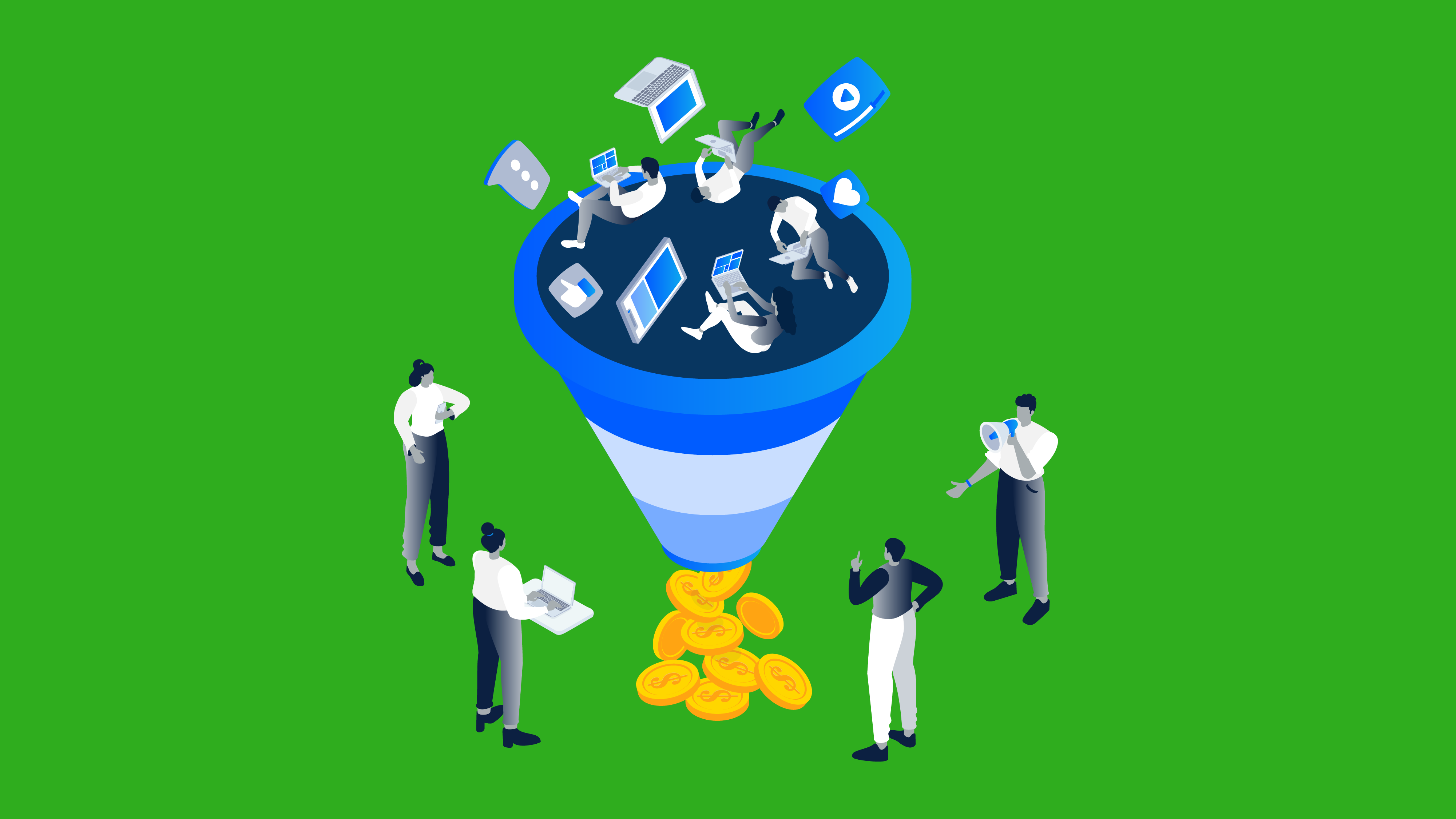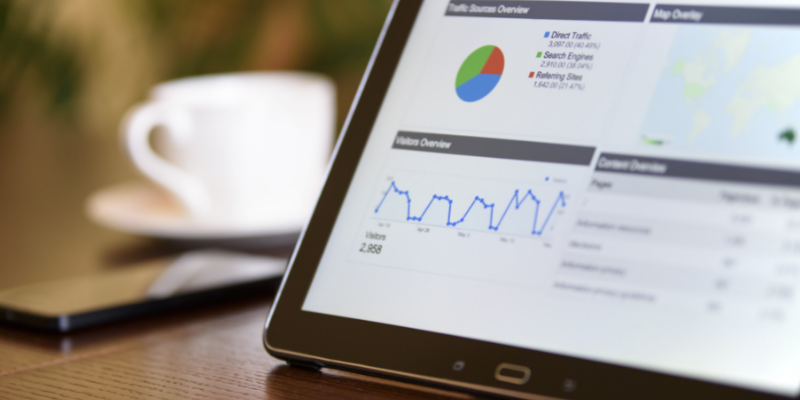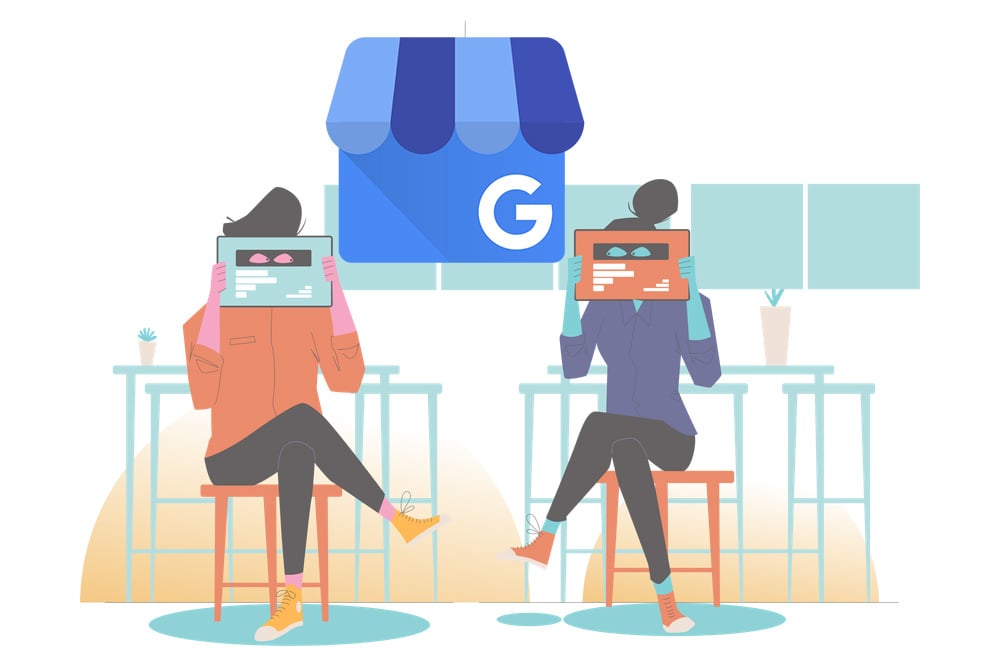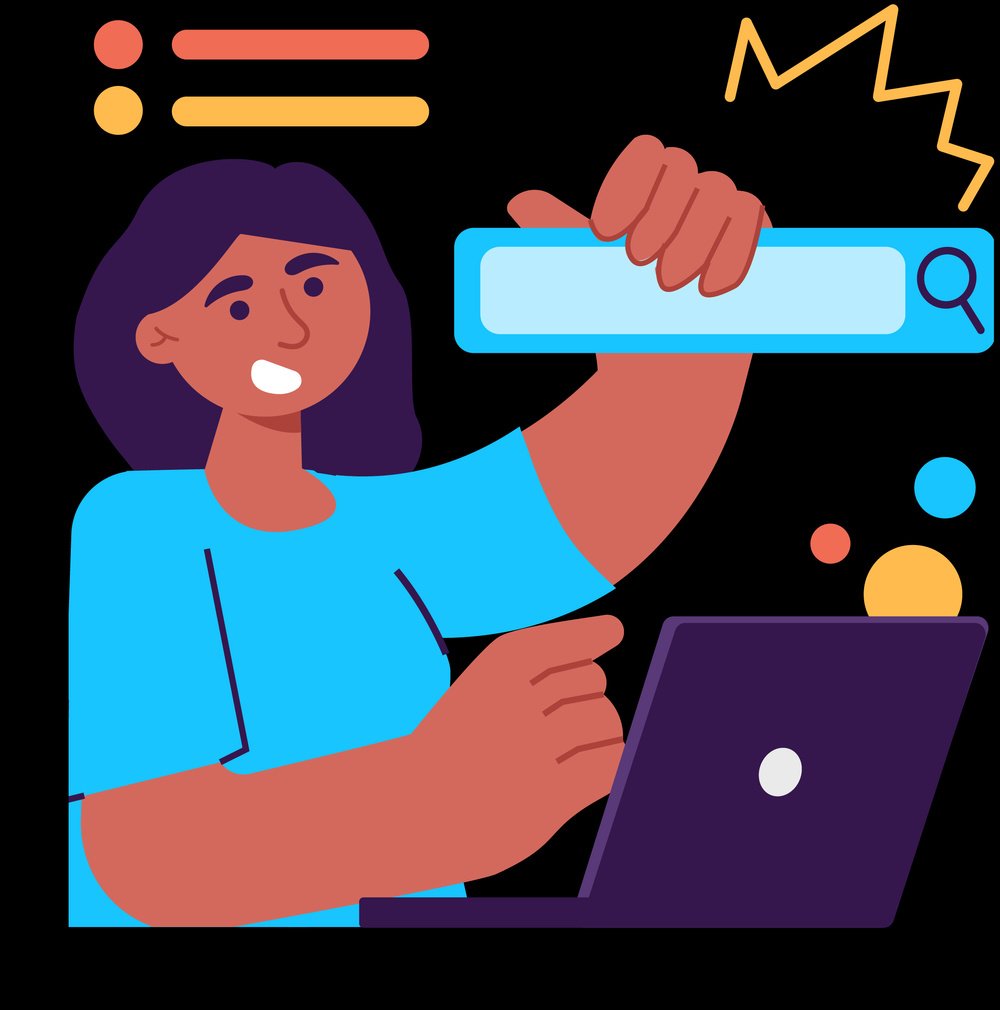An Easy-to-Follow Sales Funnel Template For Your Business
Utilize this sales funnel template to build your own and turn curious prospects to returning, loyal customers.

When marketing to customers, you may think it’s as simple as: customer contacts you, customer books you, and you perform service. But this formula only strikes the surface of successful customer recruitment and retention.
When a customer becomes aware of your services, they enter what salespeople and marketers call “the funnel.” And slowly but surely, they travel down the funnel until they become loyal, repeat customers. But customers don’t get to the end of the funnel on their own. With a little insight and our handy sales funnel template, we show you how to make the most of every inquiry.
What is a Sales Funnel?

A sales funnel is the journey customers take on the way to paying for your services. Understanding and breaking down that journey allows business owners to retarget customers, always keeping services top of mind.
Benefits
Before we dive into the template, it’s helpful for small business owners to understand the benefits of a sales funnel and how to use it for effective marketing.
Sales funnels are particularly useful for:
- Reigniting dead leads.
- Nurturing prospects into paying customers.
- Targeting the right customers.
- Retaining current customers.
Build a Sales Funnel in 8 Easy Steps

With the template below, you’ll be able to establish a clear direction for your funnel and execute an effective marketing plan.
1. Prepare for Awareness
Make sure all the assets you need for exposure are in place. Your website, social media pages, e-newsletters, and other materials should be ready for leads as you open up the funnel.
Popular strategies include building a repertoire of positive reviews on online directories, prioritizing SEO rankings, and investing in top-notch content such as photography and videos for organic placements and paid ads.
2. Identify Channels and Content
While you can cast a wide net, it’s best to utilize the channels where your target audience lives. This reduces the chance of wayward customers exiting the funnel later on and unnecessary spending on unprofitable channels.
Then, think about how and where you’ll direct the traffic you gather. Whether it’s a landing page, a special offer, testimonials, or your portfolio, you want to make sure the messaging and content solves for what your prospect is looking for.
3. Engage and Offer

Once you’ve got your assets and plan in place, it’s time to engage. How will you reach outbound customers? How will you tap into inbound customers?
Tactics can include:
- Paid ads.
- Email marketing.
- Text offers and alerts.
- Referral programs, etc.
Offering a discount or promotion to entice new clients at this stage in the funnel is best practice. Try incentivizing with a complimentary consultations or 10% off for first-time customers.
4. Convert Into Subscribers
Be sure to collect emails and add them to your marketing list. And with the right post or ad placed on Instagram, Facebook, or TikTok, your brand may be able to cut through the clutter on social media.
Once leads tuned in on an ongoing basis, you have the opportunity to showcase your work and convince them to book through targeted, enticing content. Use before and after photos, demos, customer testimonials, and free guides or tutorials.
5. Nurture
You may have snagged them with the initial offer, but to get customers to book takes consistent engagement. Be sure to keep social media posts and e-newsletters active. Posting helpful blogs, showcasing your latest work on Google My Business, and retargeting ads will keep your business top of mind.
By nurturing leads, you boost your chances of being their first call when the time comes.
6. Convert Into Paying Customers

This is where your sales skills kick into gear. At this point in the funnel, leads are engaged enough to potentially book your services.
Unfortunately, there will be many hurdles that keep customers from pulling the trigger to book your services, including:
- They’re interested but not ready to book.
- They’re exploring their options with competitors.
- They are no longer in need of the service but may be in the future.
- They don’t have the details they need (availability, budget, etc.) to book.
- Technical difficulties.
Luckily, this stage of the funnel offers small business owners several ways to transform subscribers into buyers. Offer time-sensitive promotions and discounts, a demo, or a gift with purchase.
7. Reengage Dropped Leads
For those pesky customers who get stuck at the top or middle of the funnel, try taking a personal approach to nudging them in the right direction. This can include a personalized offer, a direct text message or email, or a free consultation.
8. Retain
Your customer has booked, hoorah! In addition to your stellar service, the bottom of the funnel should include a retention strategy. Keep your calendar organized so you can reach out with follow-up services, appointment reminders, referral offers, and special deals that kick in after their first, second, or third service.
Don’t forget to look for an small business apps that helps you automate these processes and cut down on busywork—start a free trial here.
Using this sales funnel template, you can rest assured that new customers are never far from reach.
%20(1)%20(1).png?width=340&name=Group%2012%20(2)%20(1)%20(1).png)



